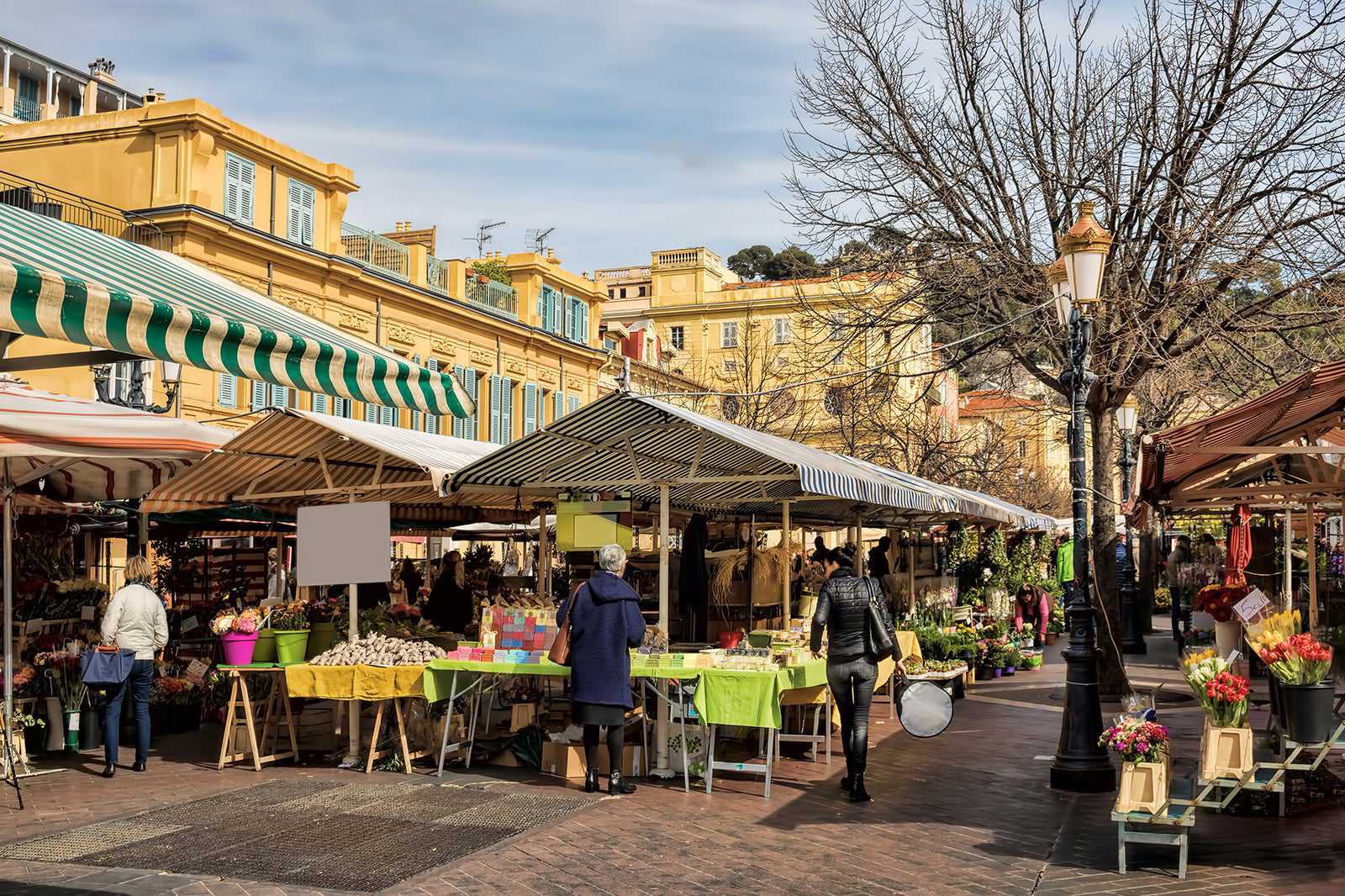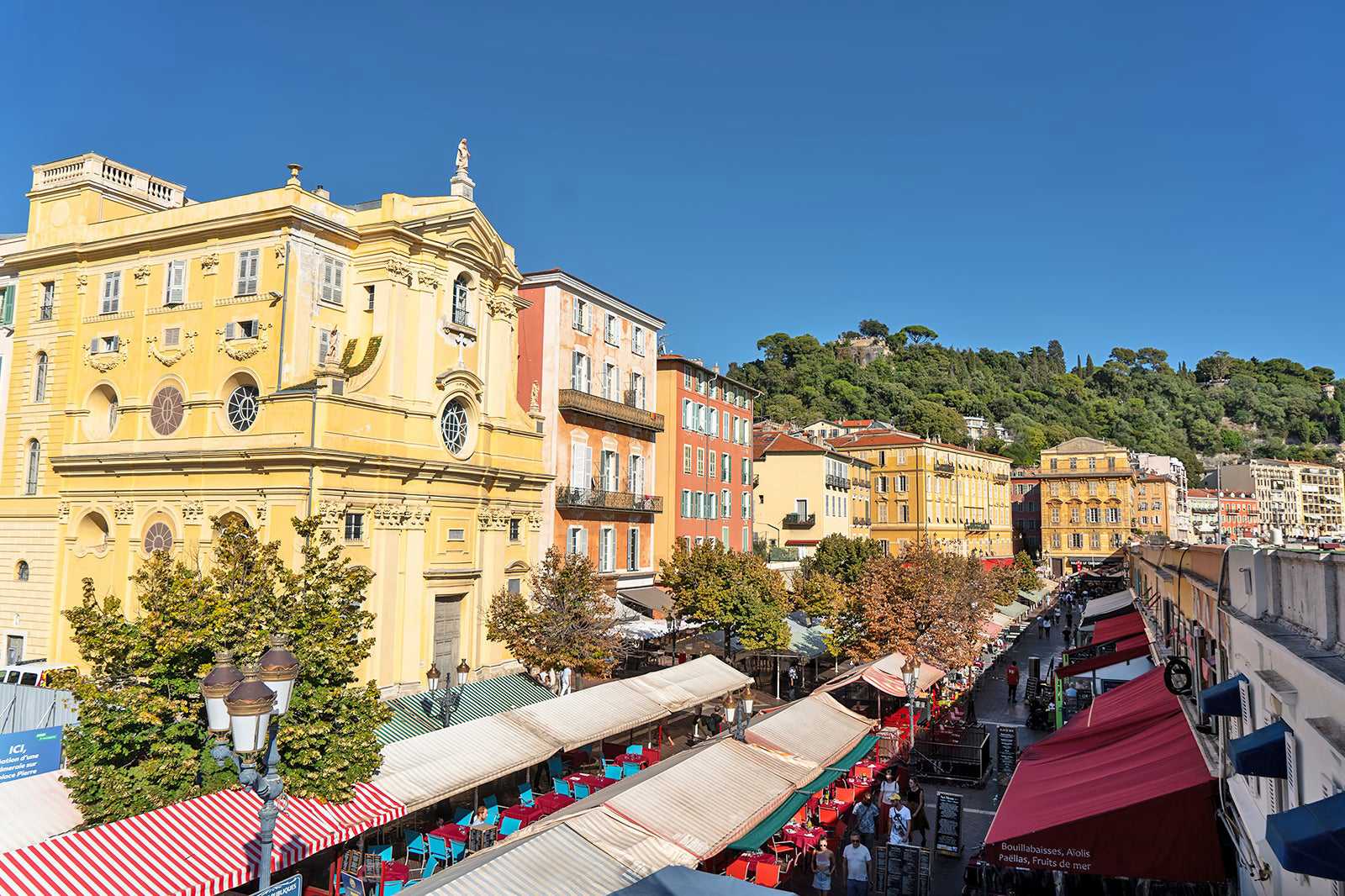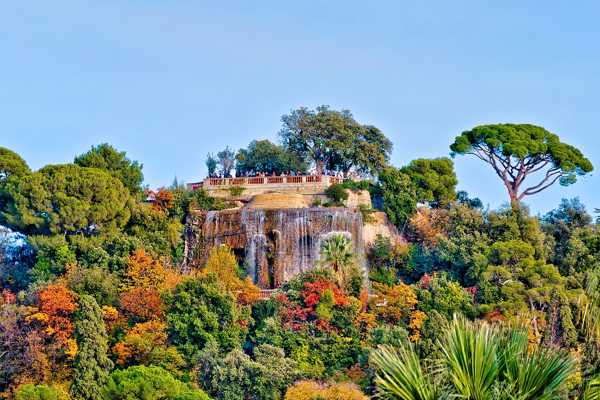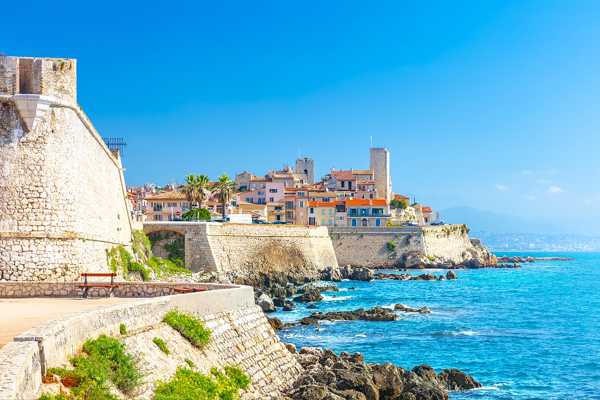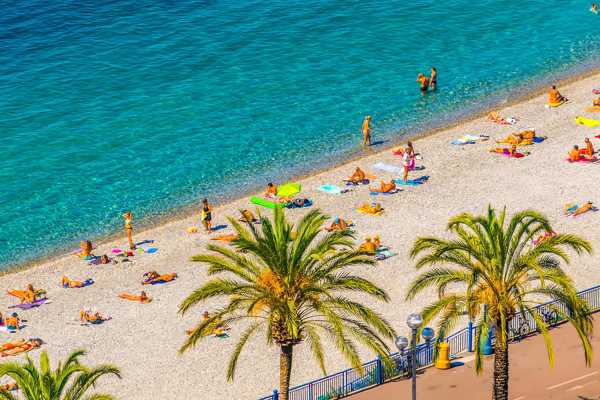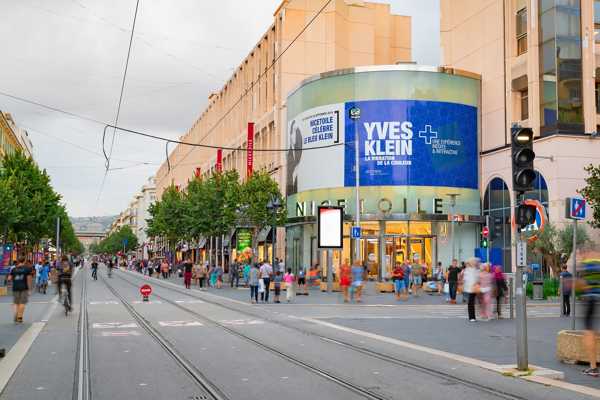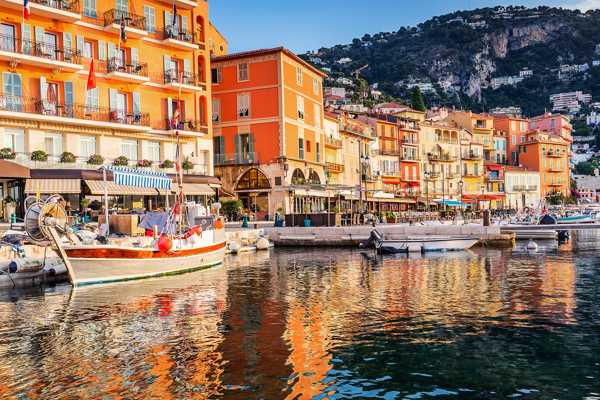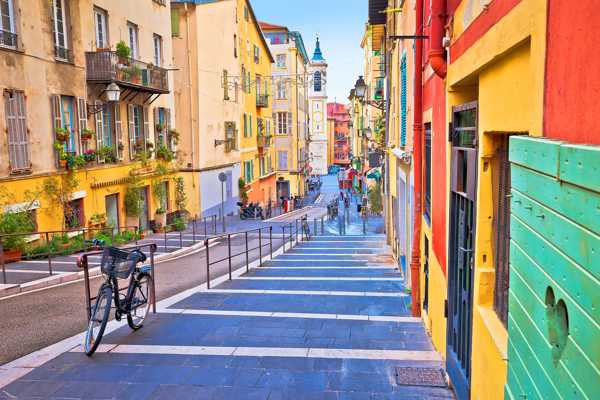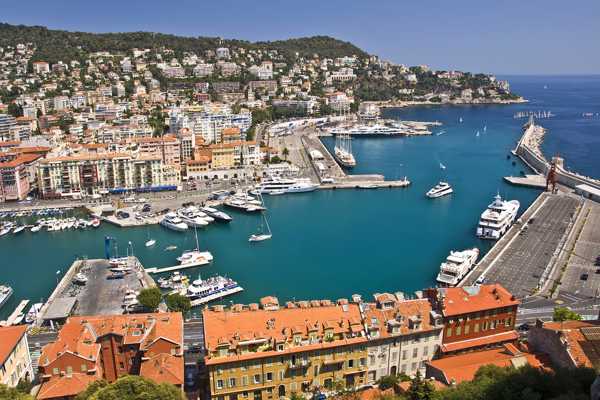Cours Saleya is a noteworthy thoroughfare in Nice that’s best known for its open-air markets. It has a vibrant history dating back centuries. The esplanade's daily market, which specialises in fresh produce and flowers, has become one of its main attractions. Even so, there’s plenty more to recommend on this busy pedestrian esplanade, not least the many restaurants that open their doors when the stallholders call it a day.
Though the origin of its name is unclear, it may derive from the word soleiya, which means “sunny” in the local Niçard dialect. It’s also possible that the name has evolved from the word for salt, which was once traded here. Read on to find out more about this Nice attraction.
Cours Saleya in Nice - one of the highlights of 10 Most Popular Streets and Squares in Nice (Read all about Nice here)
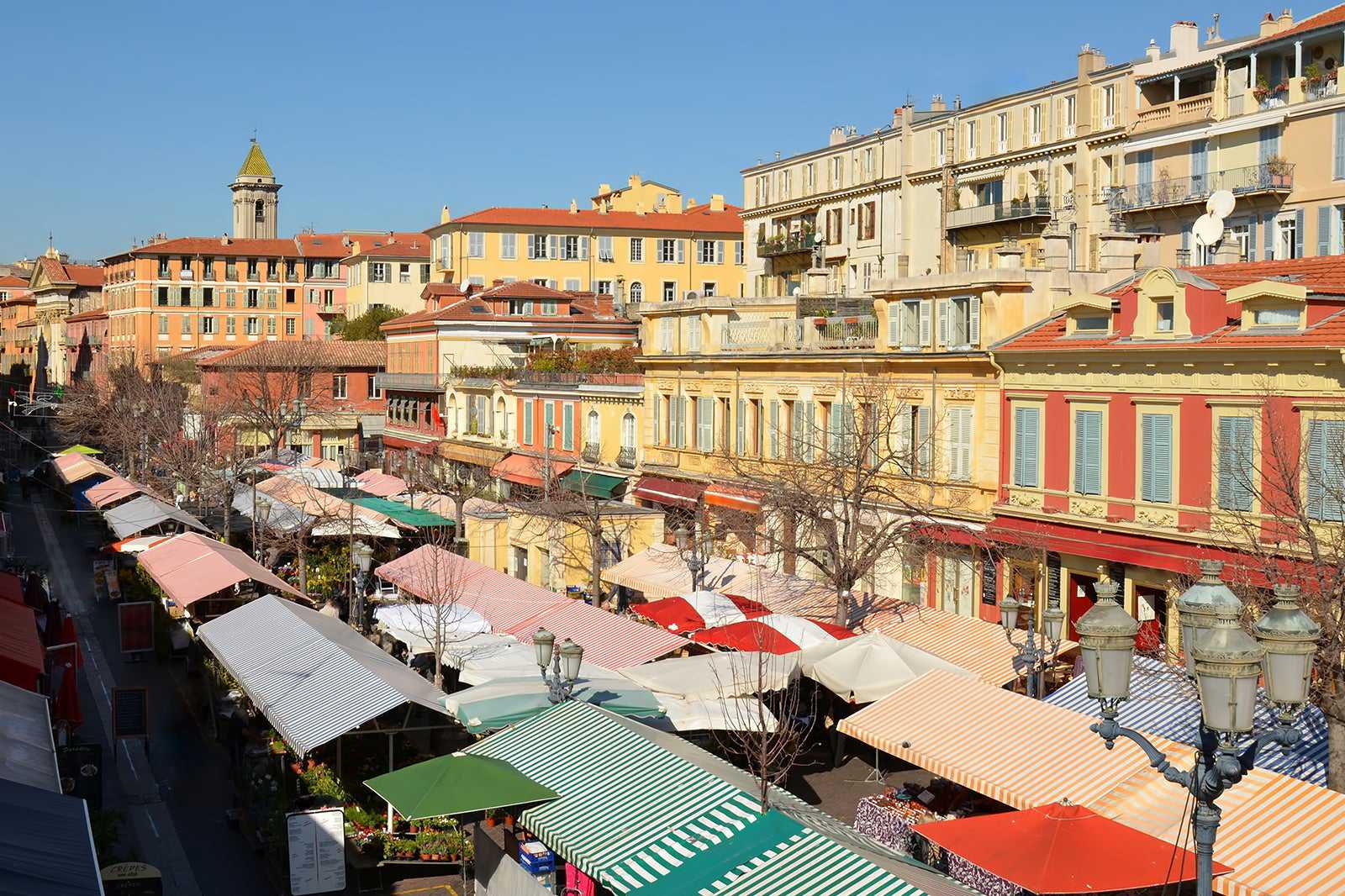
A brief history of Nice’s Cours Saleya
Centuries ago, Cours Saleya was part of the Saint-Lambert port. It was where small fishing boats landed their catch and larger vessels unloaded cargoes of salt. In the 13th century, the construction of the city’s earliest ramparts took place just north of Cours Saleya. These were later moved nearer to the sea to make way for a palace where Emmanuel Philibert, Duke of Savoy resided.
Much of Cours Saleya occupied the Ducal Palace gardens. By the 18th century, there was no need for fortifications. The creation of a garden promenade called the Terrasses des Ponchettes attracted the wealthy elite.
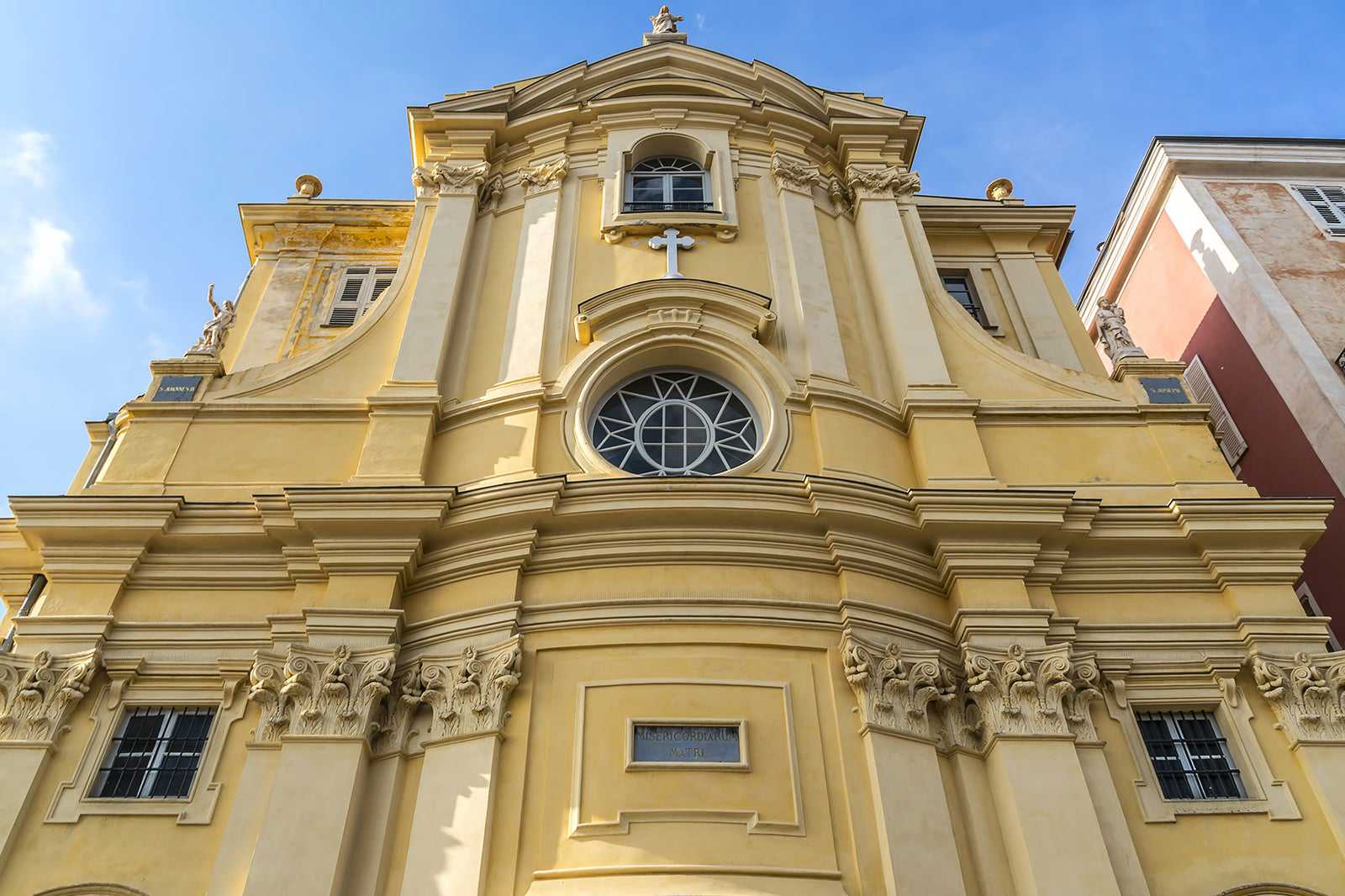
What are the highlights of Cours Saleya?
One of the architectural highlights along the Cours Saleya is the Chapelle de la Miséricorde. It was built between 1740 and 1770 and its Baroque splendour draws admiring glances from those who stroll by. Italian Bernardo Vittone designed an elliptical nave with semi-circular side chapels. The lavish interiors are even more impressive than its yellow-painted walls, particularly the frescoes and elaborate gilded mouldings which cover the dome.
At the end of Cours Saleya is an art gallery housed in the Palais Caïs Pierlas. This pretty mansion was commissioned by the Ribotti family in 1693. They sold it to the Caïs family less than a century later. When France annexed Nice, the Caïs family moved across the border into Italy, leaving their treasured property behind. In later years, the famous artist Henri Matisse stayed in the building, renting rooms on the 3rd and 4th floors between 1921 and 1938.
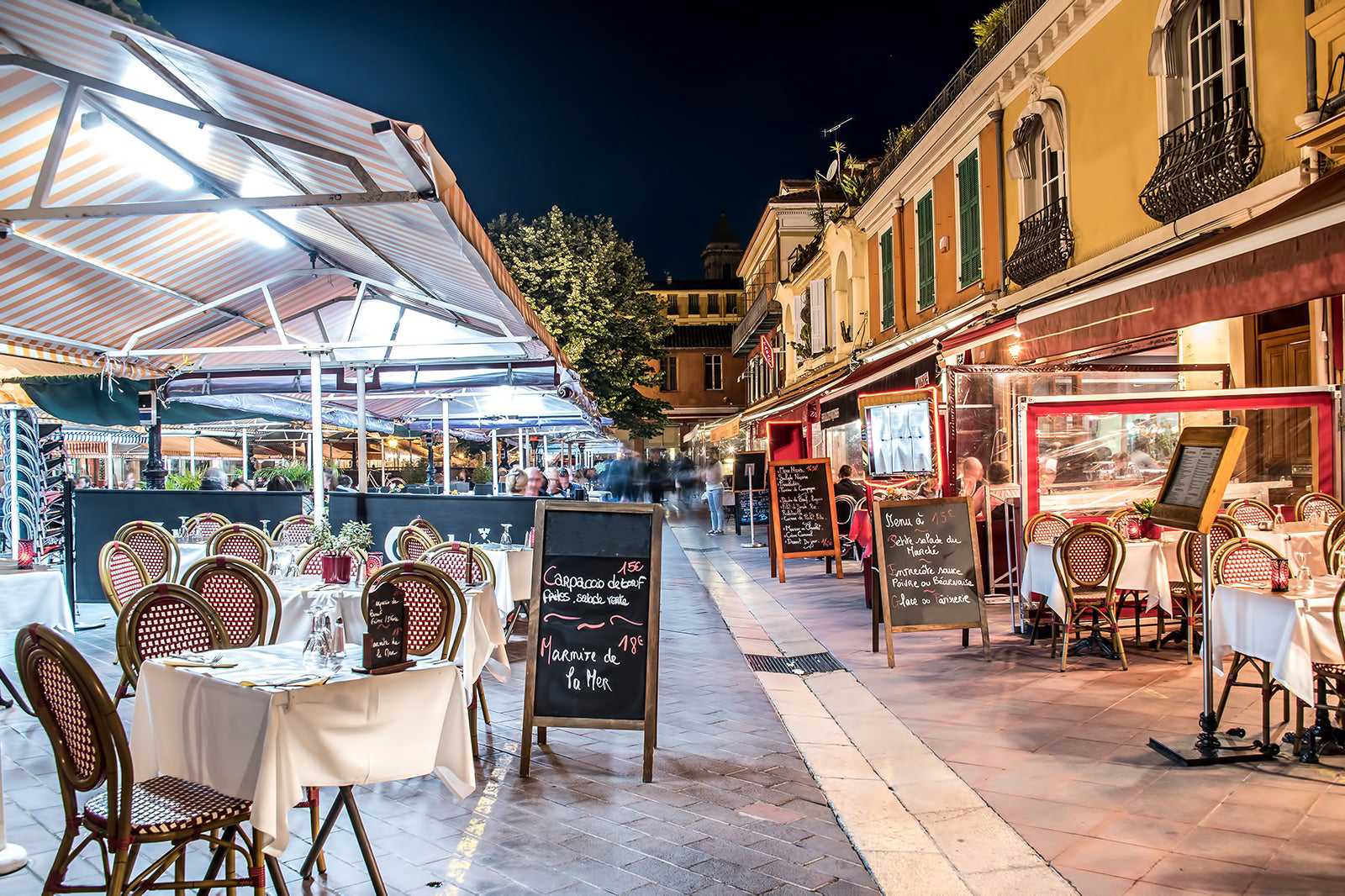
What are the best dining and nightlife spots on Cours Saleya?
Cours Saleya is a social space that comes alive in the evenings as locals and visitors flock to its many restaurants and bars. It is as perfect a place for people-watching as it is for al fresco dining – enjoying a meal at a pavement table is all part of the experience.
Dishes mostly reflect Niçois cuisine, though you can also find good French brassieres and several reliable Italian options. Casa Leya and La Favola are popular Italian restaurants, while Le Petit Ecailler de La Douce consistently receives good reviews for its seafood. Thanks to the cosmopolitan clientele, it’s also possible to enjoy Lebanese or Australian food. Only a few steps west towards the end of Cours Saleya is an Irish pub.

fotoğraf: Irene Grassi (CC BY-SA 2.0) değiştirildi
Good to know about Cours Saleya
Time your visit to Cours Saleya carefully, depending on whether you’re keen to see the market or not. Flower sellers occupy the Marché aux fleurs from Tuesday to Saturday, while antique vendors take their place at the Marché à la brocante flea market on Mondays. In the summer months, there’s the Marché artisanal nocturne night market specialising in handicrafts and souvenirs.
Sundays and off-season evenings let you see the buildings behind the stalls. Without crowds filling the square and its surroundings, you’ll have more of an opportunity to admire the beautiful architecture.
Cours Saleya is within a 10-minute drive or taxi ride south from the centre of Nice, via the Quai des États-Unis road.
